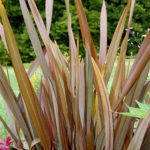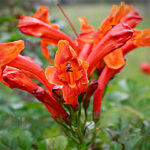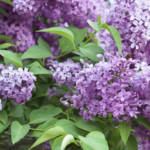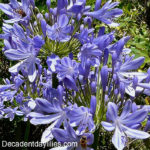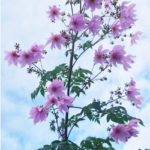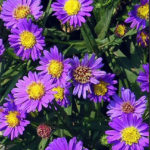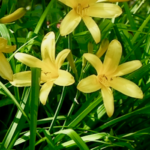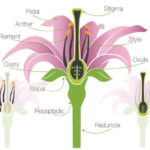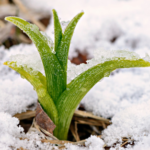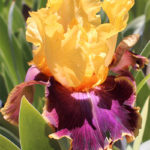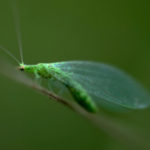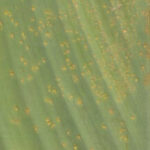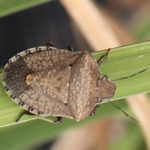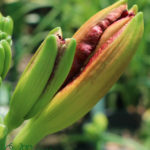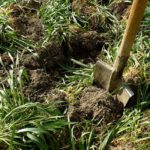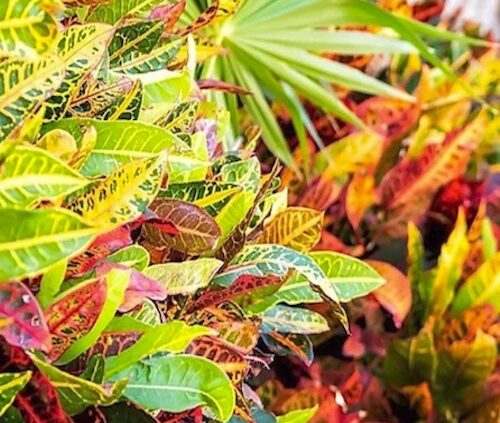
How to Plant and Grow Crotons in Australia
How to Grow and Care for the Croton Plant in Australia
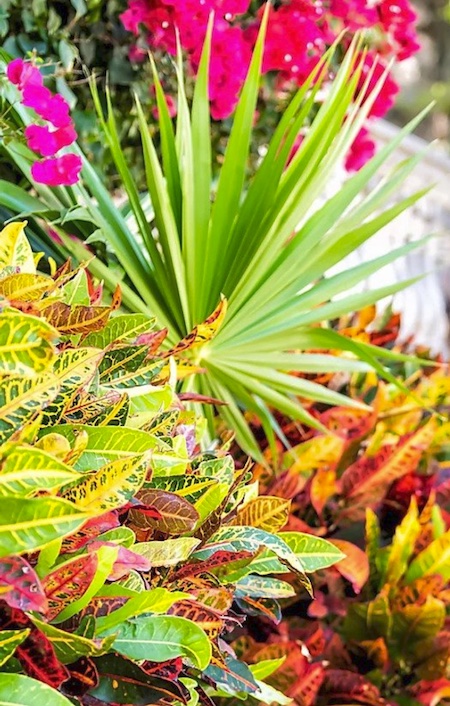 The Croton plant, scientifically known as Codiaeum variegatum, embellishes numerous Australian homes esteemed for its dynamic foliage. Its leaves create a vibrant tapestry, showcasing hues of greens, yellows, reds, and purples, enchanting plant enthusiasts nationwide. This botanical treasure effortlessly adjusts to the varied climates of Australia, from the tropical north to the temperate south, amplifying its allure. Whether indoors or outdoors, the Croton injects spaces with a tropical allure, its robust demeanor guaranteeing a lively presence in Australian gardens—resilient and aesthetically striking.
The Croton plant, scientifically known as Codiaeum variegatum, embellishes numerous Australian homes esteemed for its dynamic foliage. Its leaves create a vibrant tapestry, showcasing hues of greens, yellows, reds, and purples, enchanting plant enthusiasts nationwide. This botanical treasure effortlessly adjusts to the varied climates of Australia, from the tropical north to the temperate south, amplifying its allure. Whether indoors or outdoors, the Croton injects spaces with a tropical allure, its robust demeanor guaranteeing a lively presence in Australian gardens—resilient and aesthetically striking.
Choosing the Right Croton Variety for Australia
Australia boasts a diverse array of Croton varieties, each presenting distinctive features and cultivation needs. Opting for the perfect variant hinges on both climatic considerations and personal preferences. In tropical Queensland, the Mammy Croton prevails, showcasing twisted, vibrant leaves resilient to high humidity and heat. Conversely, Victoria’s temperate climate finds favour in the Petra Croton, renowned for its sizable, luminous leaves and cold tolerance.
The Gold Dust Croton, speckled with yellow-on-green foliage, proves hardy and adaptable, making it suitable across various Australian regions. Meanwhile, the Zanzibar Croton flourishes indoors, introducing an air of sophistication with its gracefully arching leaves. Each variety carries distinct demands; for instance, the Petra thrives in lower light, while the Gold Dust showcases drought tolerance. Grasping these subtleties aids in selecting the ideal Croton to adorn your Australian garden with vibrant allure.
Ideal Growing Conditions
The Croton plant, a versatile species, flourishes under varied conditions, yet specific factors can amplify its growth and vibrancy.
- Climate and Temperature
Crotons thrive in tropical or subtropical climates, adapting to temperate zones with proper care. They flourish within a temperature range of 20°C to 30°C. While tolerant of lower temperatures, safeguarding them from frost is imperative to prevent damage.
- Light Requirements
Bright, indirect light is Croton’s preference, with leaf colour intensity directly influenced by light exposure. Varieties like the Petra Croton exhibit resilience in lower light conditions, balancing vibrancy with adaptability.
- Soil Conditions
Well-draining soil is pivotal, achieved through a mix of peat moss, perlite, and garden soil. A slightly acidic to neutral pH, ranging from 6.0 to 7.0, suits Crotons. Guard against root rot by allowing the soil to dry between watering, ensuring optimal conditions for your Croton’s thriving beauty.
Understanding the unique requirements of each Croton variant is key to cultivating a stunning addition to your garden or home.
Planting Crotons
Planting Crotons involves a simple process, starting with choosing a well-draining site enriched with organic matter. Ensure the selected spot receives bright, indirect light for optimal growth. Dig a hole twice the size of the root ball, placing the Croton at the same depth as its nursery pot. Fill the hole with soil, gently compacting it to eliminate air pockets. Water thoroughly, and add mulch around the base to retain moisture. For successful growth, be cautious about overwatering and stay vigilant for signs of pests or diseases. Following these steps establishes a strong foundation for the thriving cultivation of your Crotons.
Ongoing Care and Maintenance
Ensuring the ongoing care and maintenance of Crotons involves a meticulous approach to watering, fertilising, and grooming for sustained vitality.
- Watering Requirements
Crotons thrive with consistently moist soil, but vigilance is required to prevent waterlogging. Establish a regular watering schedule, adjusting frequency based on climate and season. Allow the soil to slightly dry between watering to avert potential root issues.
- Fertiliser Needs
During the growing season of spring and summer, administer a balanced, liquid fertiliser. Tailor the dosage to the plant’s size and refrain from over-fertilisation to avoid nutrient imbalances.
- Pruning and Grooming Tips
Regular pruning sustains the desired shape and encourages bushier growth. Employ sharp, clean shears to trim leggy stems and remove damaged leaves. Grooming is pivotal for pest control and aesthetic maintenance.
Regularly inspect for pests, with common culprits being spider mites and scale insects. Address pest concerns promptly, utilising insecticidal soap or neem oil to ensure an environment conducive to the health of your Crotons.
Given the sensitivity of Crotons to cold temperatures, safeguard them during the winter, especially in cooler regions. Apply mulch around the base to conserve warmth and contemplate bringing potted Crotons indoors during the colder months.
- Three Methods for Propagation
Air layering, also known as marcotting, is one method of plant multiplication in which a section of a stem is rooted while staying connected to the parent plant. This is effective during the spring.
Growing the cuttings in water is fun, and it will be interesting to observe what hue crotons develop from seed.
Conclusion
The cultivation of Crotons in Australia requires an understanding of their diverse varieties, optimal growing conditions, and ongoing care. With their vibrant foliage and adaptability, Crotons become a captivating presence in any garden. It serves as a sincere encouragement for readers to embark on their gratifying journey of nurturing these botanical gems.


